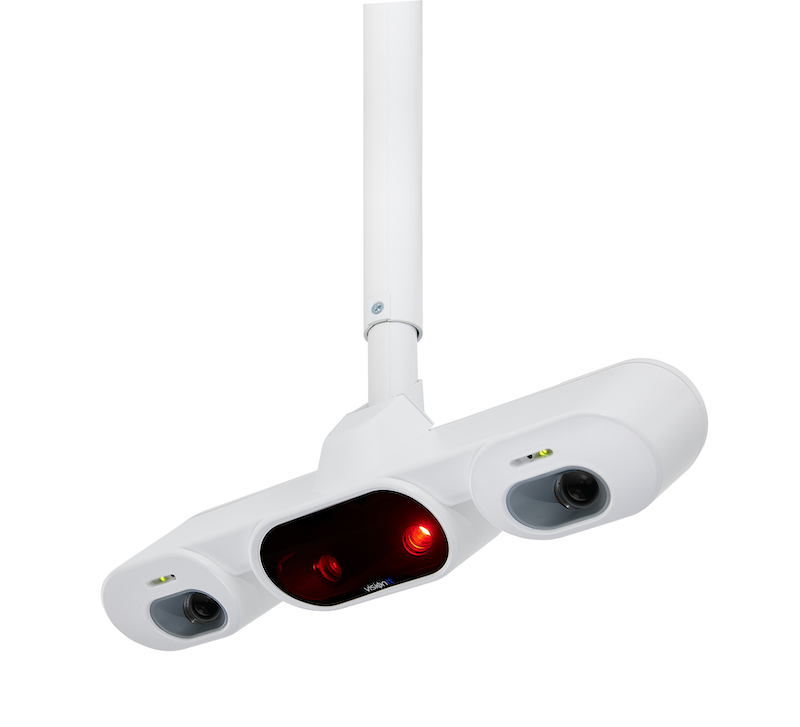Stereotactic Body Radiation Therapy (SBRT, also known as SABR) requires high positional accuracy. AlignRT® can track motion with better than 1mm accuracy, and as a result, is used for both standard and breath-hold SBRT. AlignRT has been shown to help treat SBRT patients with relatively little immobilization, which leads to enhanced comfort. In addition, patients may be treated without fiducial placement, while potentially avoiding repeat imaging during the procedure.
AlignRT can reduce the complexity of treatment setups. including shifts after X-ray imaging, and allows users to set independent thresholds for breathing patterns. Tumor motion can result in avoidable large target volumes and unacceptable irradiation of normal tissue volume, AlignRT can help mitigate these risks with real-time patient tracking and automatic radiation pause. If the patient moves out of position. Breath-hold techniques can help stabilize tumor movement, and planned treatment volume may be minimized and 4D planning eliminated.



